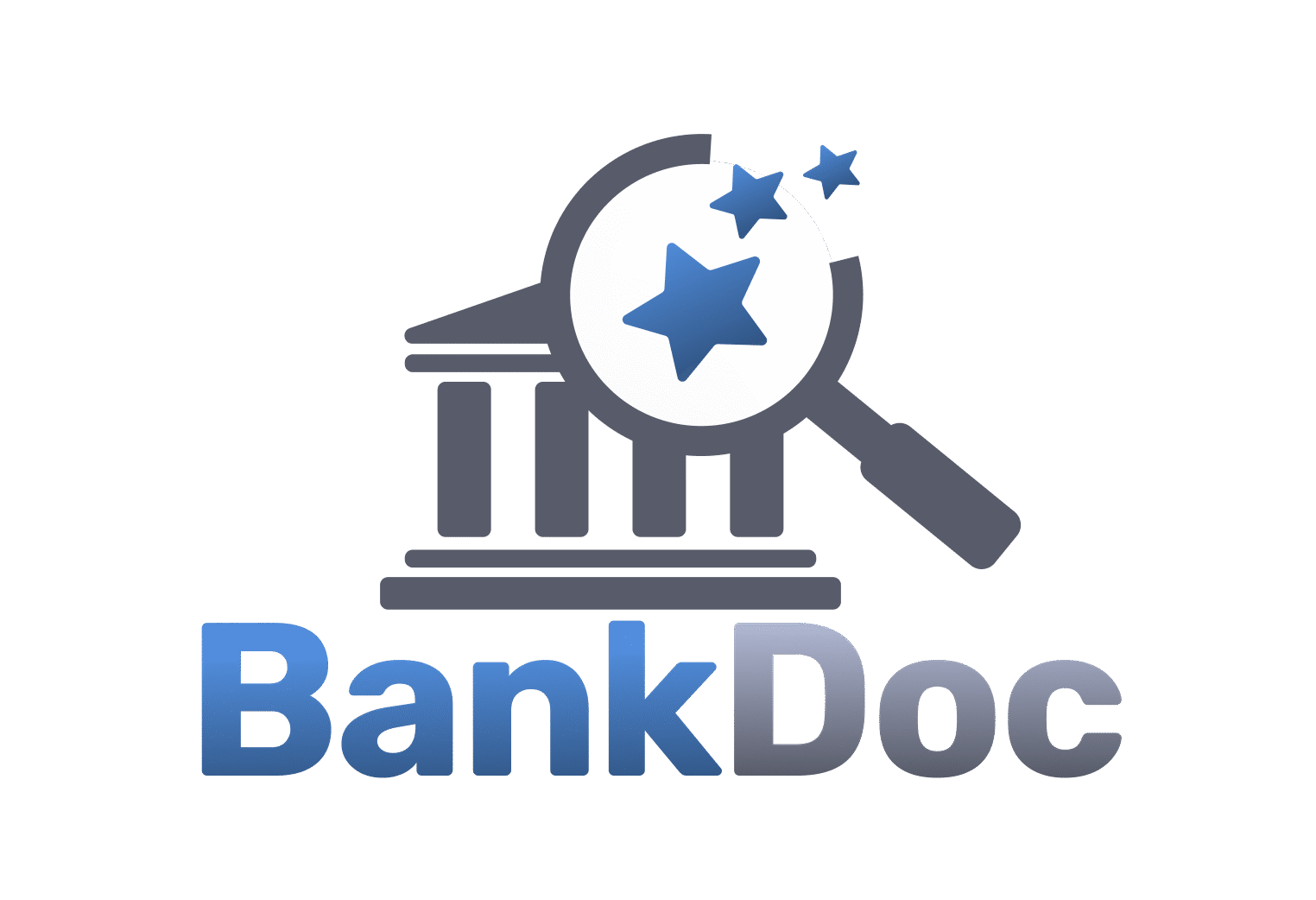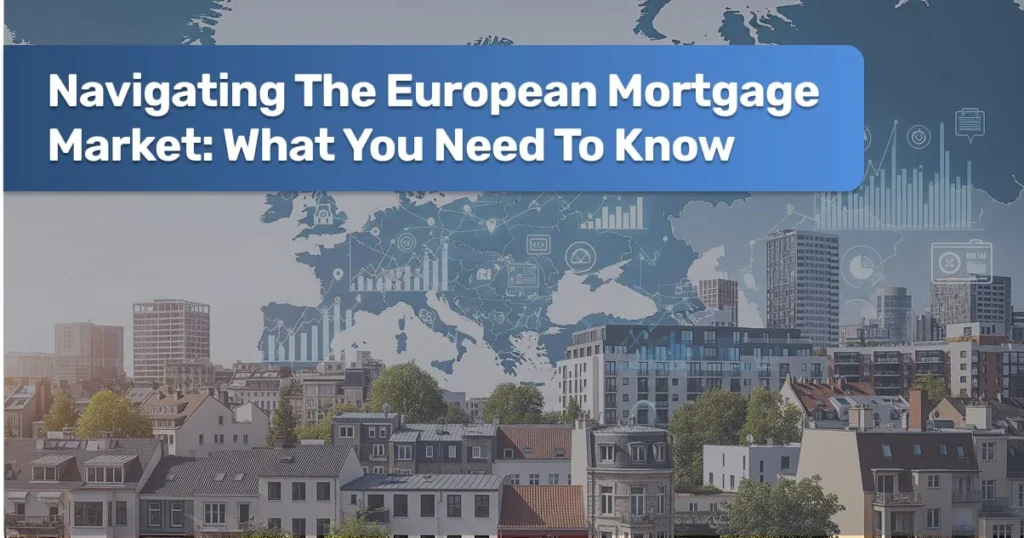The European mortgage landscape in 2025 is characterized by evolving interest rates, regulatory adjustments, and varied national housing markets. This guide provides an in-depth analysis of current trends, interest rates, and regulatory frameworks across EU countries, offering valuable insights for prospective homeowners and investors.
Overview of the European Mortgage Market
Interest Rate Trends
As of January 2025, the average mortgage interest rate in the Euro area stands at 2.42%, reflecting a slight decrease from previous months. This trend indicates a gradual easing of borrowing costs, influenced by the European Central Bank’s monetary policies aimed at stimulating economic growth.
Lending Growth Projections
After a period of stagnation, mortgage lending in the Eurozone is expected to rebound, with forecasts indicating a 3.1% growth in 2025 and 4.2% in 2026. This resurgence is attributed to declining interest rates and improved economic conditions across member states.
Country-Specific Insights
The following table presents a snapshot of average mortgage interest rates across selected EU countries in 2025:
| Country | Average Mortgage Rate (%) |
|---|---|
| Austria | 3.44 |
| Belgium | 3.05 |
| Bulgaria | 2.77 |
| Croatia | 3.60 |
| Cyprus | 3.87 |
| Czech Republic | 4.71 |
| Denmark | 4.23 |
| Estonia | 4.44 |
| Finland | 3.23 |
| France | 3.12 |
| Germany | 3.52 |
| Greece | 3.78 |
| Hungary | 6.56 |
| Ireland | 3.73 |
| Italy | 3.12 |
| Latvia | 4.44 |
| Lithuania | 4.35 |
| Netherlands | 3.71 |
| Poland | 4.50 |
| Portugal | 3.29 |
| Romania | 5.50 |
| Slovakia | 3.80 |
| Slovenia | 3.65 |
| Spain | 3.04 |
| Sweden | 3.90 |
Note: These rates are indicative and may vary based on loan terms and borrower profiles.
Notable Developments
- Germany: After a significant correction, German home prices are projected to rise by 2% in 2025, driven by interest rate cuts and renewed demand.
- France: Mortgage rates continue to decline, with 20-year loans averaging 3.31% in February 2025, offering favorable conditions for borrowers.
- Ireland: Despite multiple ECB rate cuts, Irish mortgage rates remain higher than the Eurozone average, partly due to reduced competition following market consolidation.
- Hungary: Facing the highest mortgage rates in the EU at 6.56%, Hungary’s housing market is under pressure, affecting affordability and demand.
- Lithuania: New regulations effective from May 2025 mandate lenders to offer both variable and partially fixed mortgage options, enhancing consumer choice.
Regulatory Framework
The Mortgage Credit Directive (MCD) establishes a standardized regulatory environment across the EU, ensuring consumer protection and promoting responsible lending. Key provisions include:
- European Standardized Information Sheet (ESIS): Provides borrowers with clear, comparable information on mortgage offers.
- Annual Percentage Rate of Charge (APRC): Offers a comprehensive view of the total cost of a mortgage, facilitating informed decision-making.
- Right of Early Repayment: Allows consumers to repay loans ahead of schedule under specified conditions.
Recent regulatory relaxations in countries like Finland have raised concerns about potential risks to lenders, highlighting the importance of balanced policy-making.
Conclusion
Navigating the European mortgage market in 2025 requires a nuanced understanding of national trends, interest rates, and regulatory environments. Prospective borrowers should conduct thorough research and consider consulting financial advisors to make informed decisions aligned with their financial goals.
FAQ: European Mortgage Market
Across Europe, borrowers can choose between fixed-rate and variable-rate mortgages. Countries like France and Germany heavily favor fixed-rate deals, while nations like Spain and Italy often use variable-rate (Euribor-linked) mortgages
The ECB has cut its main deposit rate to around 2-2.5% in 2025, lowering Euribor and helping reduce variable-rate mortgage costs. Still, many fixed-rate mortgages originated when rates were low are now resetting higher rates
If you prefer stability, fixed rate mortgages lock in consistent payments for years. In contrast, variable-rate loans may become cheaper when ECB cuts continue, but they can also rise if rates go back up
Many countries are easing credit restrictions, for example, increased LTV ratios in Sweden and the UK, though Moody’s warns this could heighten lender risk
Rising mortgage payments from rate resets are expected to squeeze consumption in the euro area through 2030, especially for families with variable rate loans
Mortgage lending growth slowed notably in 2023-2024 due to high interest rates and economic uncertainty, but is forecast to recover to around 3-3.5% growth in 2025-2026
Digital mortgage apps are becoming widespread, and green mortgages, which support energy-efficient purchases through better rates are growing, especially in markets like Italy and across green bond frameworks
Institutional investors are expanding in the housing market, particularly in Germany and the Netherlands. Their rising purchases may push up prices and influence mortgage lending dynamics
References:
- European Central Bank. “Euro area bank interest rate statistics: January 2025.”
- Financial Times. “European banks set for slowest mortgage lending growth in a decade.”
- Global Property Guide. “Mortgage Loan Interest Rates: 1–5-Year Changes by Country.”
- Reuters. “Rebound in German home prices around the corner, analysts say.”
- The Times. “Keeping banking investors happy has a cost – for the customer.”
- Reuters. “Looser mortgage rules in Europe raise risks for lenders, warns Moody’s.”

